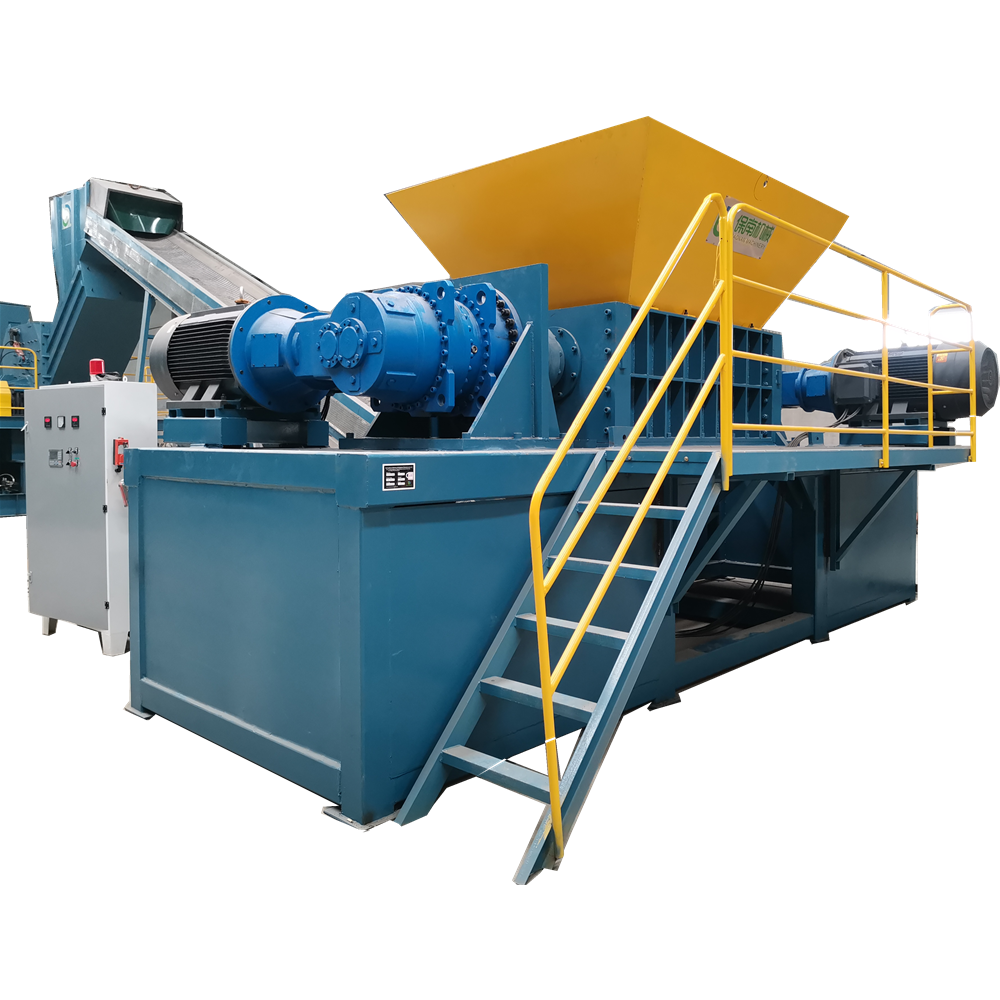The twin shaft machine, a cornerstone in industrial machinery, offers unparalleled performance for various manufacturing tasks. Its dual-shaft design optimizes efficiency and productivity, making it an indispensable asset in multiple industries. This complex system, though seemingly intricate, has revolutionized the way industries handle tasks requiring precision and power.

Twin shaft machines are renowned for their robust construction and reliability. Built to withstand intense conditions, these machines excel in environments requiring high torque and consistent, reliable performance. Their design enables the parallel operation of two shafts, providing balanced power and reducing operational wear and tear. This engineering marvel ensures minimal downtime and reduced maintenance costs, translating into increased operational efficiency.
In industries like construction, automotive, and material processing, the twin shaft machine's impact is unmistakable. Its ability to handle heavy-duty tasks, such as mixing concrete or processing raw materials, makes it a preferred choice over single shaft alternatives. The twin shaft design allows for smoother operation with minimal vibration, which is essential in achieving precise output and maintaining product quality standards.

The expertise required to operate and maintain twin shaft machines necessitates professional training and experience. Operators must understand the nuanced mechanics of the dual shaft system to maximize its potential. Proper training ensures not just operational efficiency but also the longevity of the machine, emphasizing the importance of skilled personnel. Many manufacturers offer specialized training programs to certify operators, underscoring the machine’s complexity and significance in its applications.
Reliability and authority stem from the machine's proven track record in industrial applications. Twin shaft machines are often used in critical processes, where the margin for error is minimal. Their reputation for dependability has been established through years of consistent performance across a wide spectrum of tasks. Industries that incorporate twin shaft machines often witness improved throughput and heightened safety standards, thanks to the machine’s reliable architecture and consistent operational capacity.
twin shaft machine
Trustworthiness in twin shaft machines is evident through their widespread endorsement by industry experts and engineers. Their design and build quality are subject to rigorous testing and compliance standards. Manufacturers conduct extensive quality assurance procedures that ensure each machine adheres to international safety and performance benchmarks. Such rigorous standards affirm their viability and trustworthiness, allowing industries to invest confidently in this technology.
From a sustainability perspective, twin shaft machines have made strides in reducing environmental impact. Many models are engineered to optimize energy consumption, thus reducing the carbon footprint of industrial operations. The dual shaft mechanism often requires less power per unit output compared to traditional machines, aligning with global sustainability goals and reducing long-term operational costs.
Investing in twin shaft machines involves a thorough understanding of their capabilities and the specific requirements of the application. Industries looking to integrate these machines must consider their operational environment, desired output, and existing infrastructure to ensure seamless incorporation. Proper evaluation and selection can lead to significant improvements in operational efficiency and cost-effectiveness.
The future of twin shaft machines looks promising, with advancements in technology poised to enhance their capabilities further. Innovations in materials science and engineering are set to make these machines even more durable and efficient. As industries continue to evolve, twin shaft machines will likely play an integral role in meeting the increasing demands for precision and reliability.
In conclusion, twin shaft machines represent the pinnacle of engineering excellence in industrial machinery. Their design, efficiency, and reliability make them a vital component in various sectors, driving productivity and ensuring high-quality outcomes. As technology advances, these machines will continue to offer new possibilities, cementing their status as an essential tool in modern industry.


